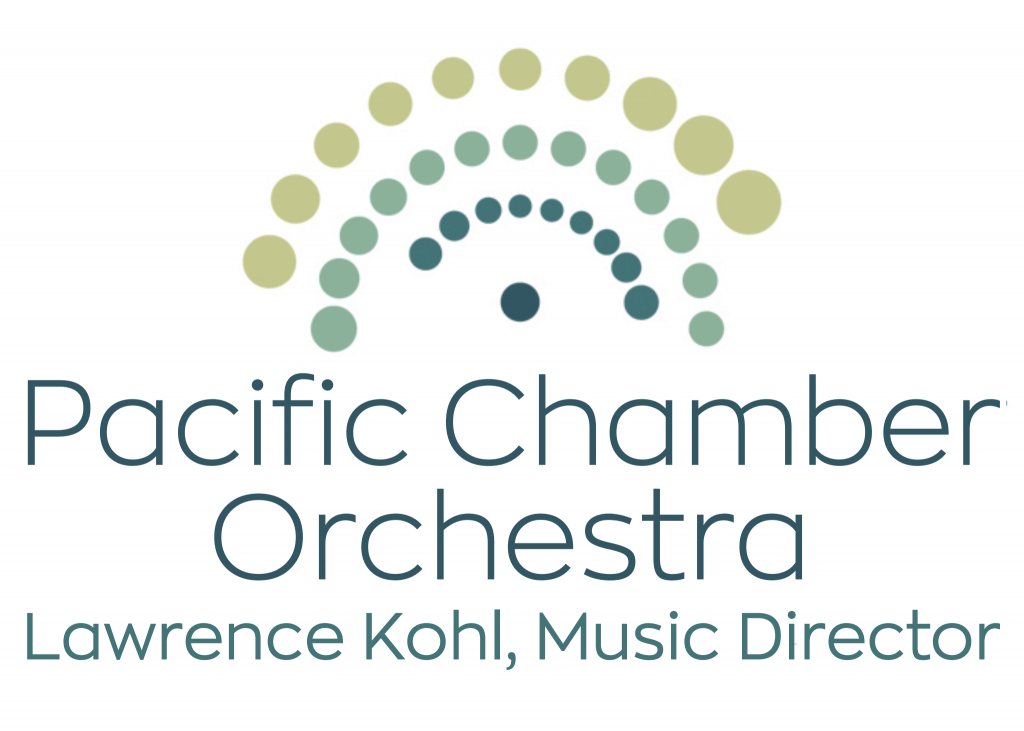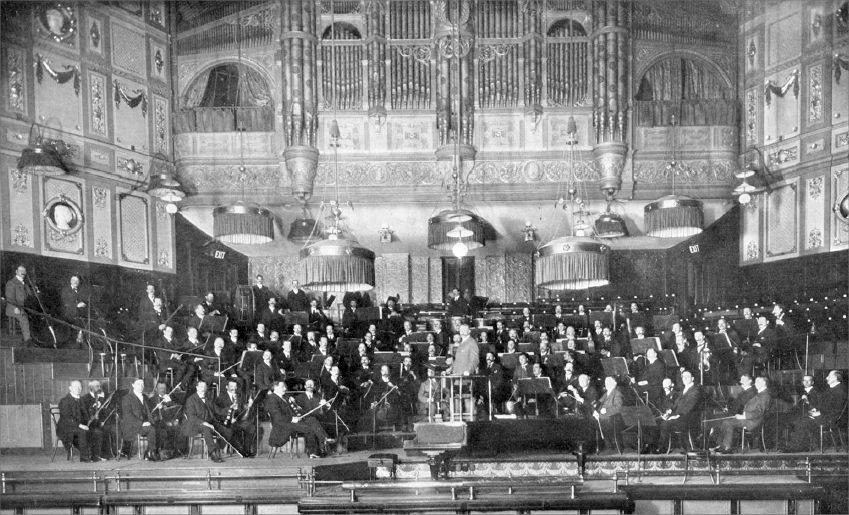Newcomer Guide
If you’re reading this page, that means you’re hopefully joining us soon for a concert, and we love that. We care a LOT about growing our audience and making sure people who are newer to classical music and/or orchestra concerts have a great experience so ultimately you come back again. Have a question that’s not answered here? Send us a message on Facebook, Twitter, or by email, and we might even add the question to this list.
[accordion][pane title=”Where do you perform, exactly?” start=open]
The Pacific Chamber Orchestra is based in Livermore, performing throughout the year at the Bankhead Theater, and in recent years, we’ve expanded our footprint to include performances in Lafayette and Orinda. Our goal is to continue to reach new audiences and perform in new venues!
[/pane][pane title=”What’s a good seat?”]
We get asked this a lot, and most people will tell you that because the Bankhead Theater is an intimate venue (only about 500 seats compared to typical concert halls which are double or even triple that size), there really is no bad seat in the house. That said, the two best locations are in the center, not too close to the front as that helps the sound blend a little better by the time it hits your ears (plus you can see more of the players when you’re not right up by the stage), and at the back of the theater so that you have better sight lines to see the entire orchestra from more of an aerial perspective house so that you can see the pianist’s hands as they perform.
[/pane][pane title=”What can I expect for price?”]
Prices start from $35 to $59 each. There are a few other helpful tips you should know as well:
- The best deal comes when you don’t wait until the very last minute to order tickets. We never offer last minute discounts because we don’t want to undercut patrons who already purchased their seats. In fact, prices actually increase based on demand as the concert date approaches. In other words, as the house gets more full, prices go up accordingly. Most of our concerts are at or near capacity, so whenever you see a concert you’d like to attend, you save by not waiting (and of course you have better seats to choose from as well).
- Another way to save is to buy in bulk. This can be either in the form of season tickets, where we often have deals such as “3 concerts for $99,” or in the form of group tickets, where you save 10-20% depending on the size of your group and can even come for free if your group is of a certain size.
- If you’re a student on a budget, be sure to bring your student ID and get any seating at $16.
[/pane][pane title=”What do I wear!?”]
More than anything, we want you to be comfortable when you join us for a concert, so dress in a way that works for you. Some people love dressing up and going out—if that’s you, do it and you won’t be the only one, we promise. If you prefer to be more casual, then you probably won’t be the only one dressed casually, either. In short, you do you, and we’re just glad you’re joining us.
[/pane][pane title=”How do I get a drink at the concert?”]
Like most venues, we have a bar in the lobby. But here’s where we’re different than a lot of other orchestras: we have partnered with the Bankhead to allow patrons to bring drinks inside the theater (woohoo!). No more waiting in line before the show or at intermission only to have two minutes left to wolf down your cocktail and dash to your seats. Bring your drink with you and sip while you listen—it’s ok!
[/pane][pane title=”How can I study up before I go?”]
We try to make concerts self-containing, meaning at the performance itself you will learn a little from your program book as well as from the Maestro as he sometimes briefly introduces the pieces from the stage. If you want to study up ahead of time, we have to each piece’s respective Wikipedia entry.
[/pane][pane title=”How long is a concert?”]
Concerts vary in length depending on how long each piece is in the program, but usually range from about 100-120 minutes. Generally, most concerts will open with an overture or other shorter work about 10 minutes or so in length. That’s usually followed by a concerto with the soloist for another 20-30 minutes, and then comes intermission for another 20 minutes. The second half of the performance is often a full symphony of multiple movements, totalling 40-60 minutes depending on how long the composer wrote (and how fast the conductor conducts!). This isn’t always the format, and you’ll see that some of our concerts have multiple shorter pieces and no long symphony at all, but it gives you an idea of what to expect, at least in terms of overall length of the concert.
[/pane][pane title=”Where do I park?”]
The most popular option is the Livermore parking garage, located adjacent to the Bankhead on Railroad Avenue. The garage is operated by the City of Livermore and is free.
[/pane][pane title=”When do I applaud?”]
This can be a controversial question, and here’s why: In the early days of classical music the audience was rather rowdy—clapping, talking and even shouting during the performance. Then, at some point during the 20th century, this changed, and the social norm became to applaud only at the end of the piece and never between movements (in other words, clap at the end of Beethoven’s Fifth Symphony and stay silent during the breaks between movements 1, 2, 3 and 4). The trouble with this is for people who don’t know this unwritten rule about when to applaud, at every concert someone inevitably claps after the first movement and then feels weird because they’re the only one, or one of a few who somehow missed this secret memo. We decided that it’s kind of awkward, and not even true to the origins of classical music, so our policy is that when you have an emotional reaction to the music that you want to express, do it. If you love a movement of fill-in-the-blank symphony and want to cheer for the performance you just heard, do it! Note: not every orchestra feels this way, so don’t take this policy as the rule of thumb everywhere. At the Pacific Chamber Orchestra though, if you’re enjoying what you’re hearing, we’d love nothing more than for you to show it.
[/pane][pane title=”Do you hate phones?”]
Somewhat similar to the answer above, we’re a little different than a lot of other orchestras on this question. What we don’t like are phones ringing or making other noises during the performance, or when your phone is blowing up so much it practically looks like strobe light—just like people don’t like those things at the movie theater. What we do like is people having fun and sharing that experience with others, so take your selfies, check in on Facebook, and just make sure your phone is on silent out of consideration for the performers.
[/pane][pane title=”What else should I expect?”]
People watching! And awe! But not necessarily at the same time, although that’s not out of the question we suppose. As we talk with new attendees, we hear time and again that some really love seeing other people of different ages (younger and older) enjoy the concert in their own ways, and that they didn’t realize that element (i.e. people watching) was going to be such a part of the experience. The other thing we hear often is that seeing a live orchestra—whether producing a giant wall of sound or playing such difficult, technical passages all in sync—would be so awe-inspiring. There is something about the live experience that just can’t be beat, people say, and that’s music to our ears.
[/pane][/accordion]
Making Concerts Fun Again
[icon icon=”icon-glass” size=”40px”] Bring your drinks to your seats
[icon icon=”icon-tablet” size=”40px”] Phones on and silent allowed
[icon icon=”icon-hand-stop-o” size=”40px”] Clap when you like what you hear



